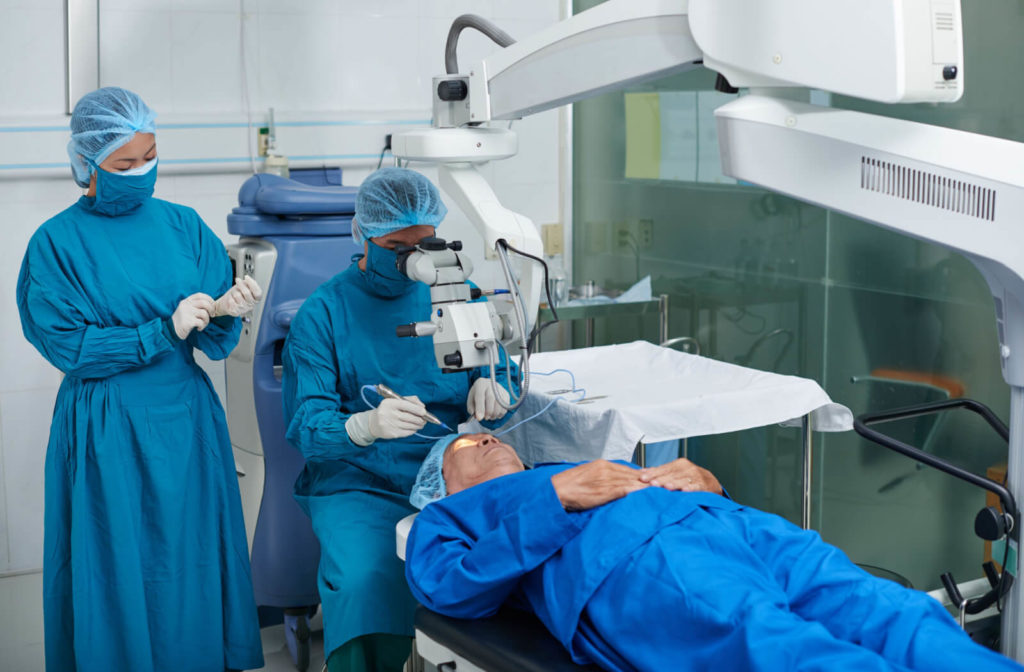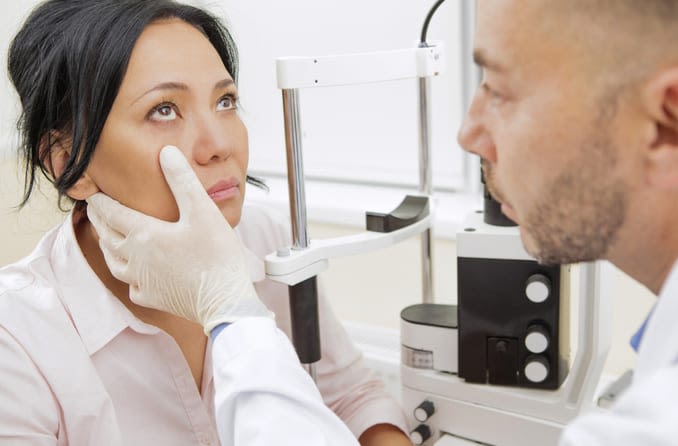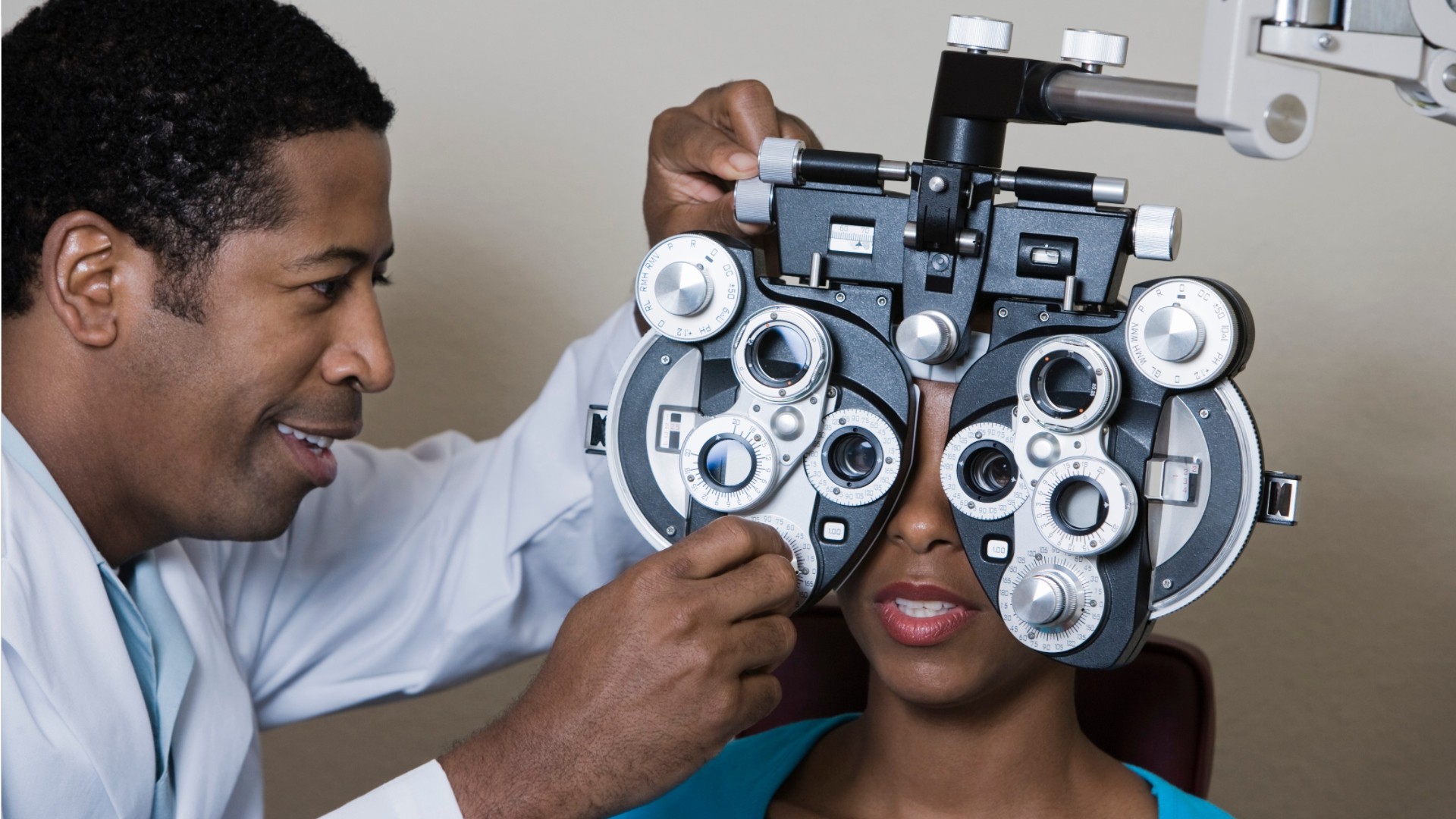Why Picking an Eye Doctor Optometrist is Essential for Your Eyes
Why Picking an Eye Doctor Optometrist is Essential for Your Eyes
Blog Article
Checking Out the current Technological Innovations in Optometry and What They Mean for Eye Doctors
In the ever-evolving field of optometry, recent technical developments are improving exactly how professionals come close to eye care. From the accuracy of Optical Coherence Tomography to the nuanced insights supplied by AI-driven diagnostic devices, these innovations are establishing brand-new requirements in person assessment and therapy. Teleoptometry is positioned to redefine availability, making certain that know-how goes beyond geographical limitations. As these advancements penetrate the method, optometrists are faced with the challenge of embracing these tools to boost individual outcomes. Yet, the inquiry continues to be: how will these technological shifts redefine the functions and obligations within the profession?
Technologies in Diagnostic Devices
Progressing the field of optometry, innovations in analysis tools have actually changed the method eye treatment experts assess and detect aesthetic impairments and eye conditions. The previous decade has actually witnessed considerable technological innovations, making it possible for even more extensive and accurate examinations. Optical Coherence Tomography (OCT), as an example, supplies high-resolution cross-sectional pictures of the retina, enabling the very early discovery of illness such as glaucoma and age-related macular degeneration. This non-invasive imaging technique has actually ended up being indispensable in contemporary optometric technique.
One more trick advancement is the introduction of advanced corneal topography systems, which map the surface area curvature of the cornea with accuracy. These tools are particularly valuable for suitable call lenses and identifying corneal problems. Moreover, digital retinal imaging has changed conventional ophthalmoscopy, using comprehensive, panoramic views of the retina that facilitate detailed visual examinations.
The development of wavefront aberrometry has also been crucial, allowing the analysis of refractive mistakes with unequaled precision (Eye Doctor Optometrist). This technology assists in personalizing restorative lenses and enhancing surgical end results for refractive surgical treatments. Jointly, these diagnostic developments encourage eye doctors to deliver exceptional person treatment, guaranteeing early treatment and customized treatment approaches, inevitably boosting aesthetic wellness results
AI in Person Management
Structure on the structure of sophisticated diagnostic tools, the unification of man-made knowledge (AI) in patient monitoring represents a transformative leap for optometry. AI systems are increasingly employed to boost efficiency, precision, and personalization in client care. By assessing huge amounts of data, AI can determine patterns and predict potential eye problems, allowing optometrists to customize interventions more efficiently. This ability is vital in handling persistent eye diseases such as glaucoma and diabetic retinopathy, where very early discovery and continual monitoring are key.
Furthermore, AI-driven platforms facilitate streamlined individual communications and management procedures. Automated scheduling, digital assessments, and personalized follow-up plans not only enhance person fulfillment but also optimize time administration for professionals. These systems can triage people based on the urgency of their problems, ensuring that those in critical requirement receive timely interest.
In addition, AI improves decision-making by giving eye doctors with evidence-based suggestions and treatment paths. By incorporating data from digital wellness documents, AI devices offer understandings that inform medical decisions, minimizing the risk of mistakes and boosting individual end results. As AI continues to develop, its function in patient administration will likely expand, improving the landscape of optometric care.
Advancements in Retinal Imaging
In the world of optometry, retinal imaging has seen impressive technological improvements that are enhancing diagnostic capacities and person treatment. Technologies such as Optical Coherence Tomography (OCT) and fundus photography have actually revolutionized how optometrists examine the retina and envision. OCT, specifically, provides high-resolution, cross-sectional photos of the retina, permitting the detailed examination of its layers. This capability is indispensable for very early detection and management of problems like glaucoma, diabetic person retinopathy, and age-related macular deterioration.
Boosted imaging methods like OCT angiography are more refining analysis precision. This non-invasive technique maps blood circulation in the retina, providing crucial understandings into vascular health and wellness without the demand for color shots. In addition, adaptive optics modern technology is pop over to this site being integrated right into retinal imaging systems to deal with eye aberrations, supplying unprecedented image quality. Such improvements assist in find more info the recognition of minute retinal modifications that could indicate condition progression.
Moreover, improvements in expert system are increasing retinal imaging by enabling automatic analysis of large datasets. These systems aid optometrists in determining patterns indicative of pathology, thereby improving diagnostic precision and performance. Collectively, these technologies are changing retinal imaging into a keystone of modern eye care, improving end results and expanding healing opportunities.
Teleoptometry's Expanding Duty
Teleoptometry is progressively coming to be an essential element of eye care, driven by developments in digital interaction and analysis devices. This is specifically helpful in rural and underserved locations where access to specialized eye care is typically limited.
The integration of expert system (AI) additional improves teleoptometry, enabling the evaluation of aesthetic information and aiding in the discovery of eye problems such as glaucoma and diabetic person retinopathy. AI-powered algorithms can rapidly analyze complex imaging information, providing eye doctors with beneficial insights that bolster scientific decision-making.
Moreover, teleoptometry sustains connection of care via seamless integration with digital health and wellness documents (EHRs), permitting eye doctors to keep thorough patient histories. This makes certain that clients get personalized and consistent care even when seeking advice from various practitioners.
Regardless of these benefits, obstacles remain, including making sure information safety and handling patient assumptions. However, teleoptometry stands for a considerable stride towards more obtainable, effective, and patient-centered eye care. As innovation advances, its role is positioned to increase better.

Future Fads in Eye Care
A myriad of innovative fads is set to reshape the future of eye treatment, driven by technological advancements and the progressing demands of individuals. One considerable pattern is the integration of expert system (AI) in diagnostics, which promises to boost the accuracy and performance of eye assessments. AI formulas can assess huge quantities of information from retinal images, possibly discovering conditions like diabetic retinopathy and glaucoma earlier than standard approaches.
Additionally, individualized medicine is obtaining traction in optometry, with hereditary screening informing customized therapy strategies. This method aims to optimize individual results by customizing interventions to specific hereditary profiles. Wearable technology, such as wise contact lenses, is additionally imminent, providing real-time surveillance of intraocular stress or sugar levels, therefore providing constant insights into systemic and eye health.
The adoption of enhanced fact (AR) and online fact (VR) in training and client education and learning is an additional emerging fad. These innovations supply immersive experiences that can enhance understanding and abilities both for clients and optometrists. As these fads progress, optometrists need to remain abreast of technological developments to give sophisticated care, ensuring better client end results and complete satisfaction in the vibrant landscape of eye care.
Final Thought

Collectively, these diagnostic innovations equip eye doctors to supply premium individual care, guaranteeing early treatment and customized treatment strategies, ultimately enhancing visual health outcomes.

As these modern technologies continue to evolve, optometrists must adapt and incorporate them into practice, eventually enhancing workflow effectiveness and elevating the requirement of eye care supplied to patients.
Report this page